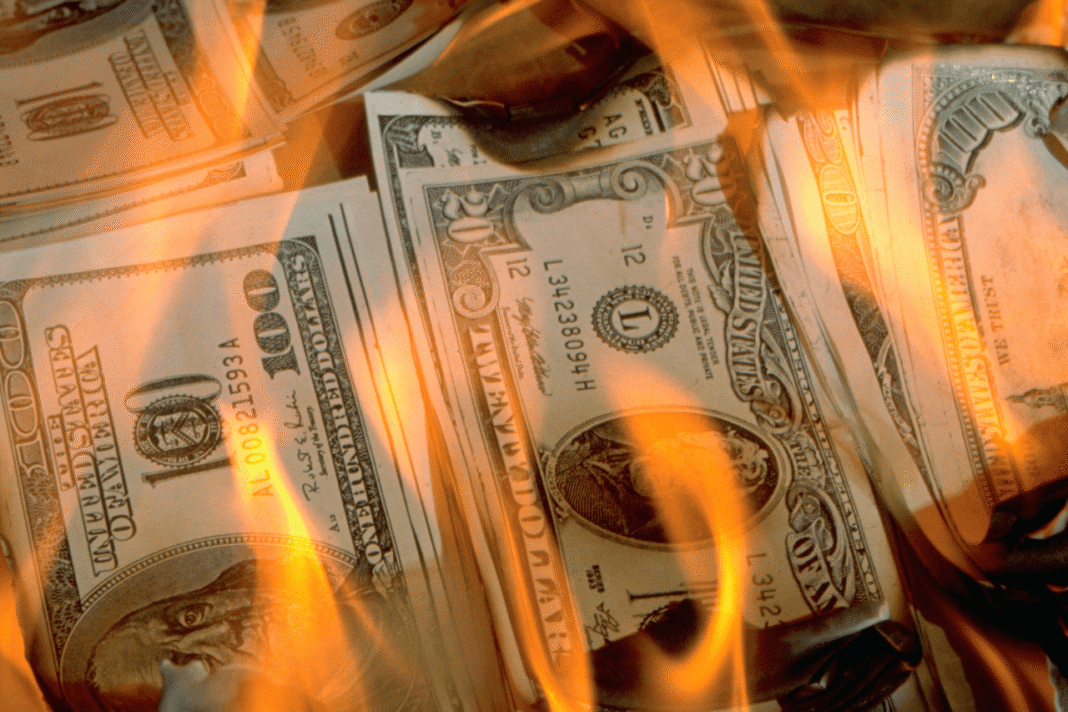One of the most important financial metrics every entrepreneur should track especially in the early growth stages is the cash burn rate. If you’re spending more money than you’re bringing in, your business has a “burn rate,” and understanding it is key to long-term survival and success.
What Is Burn Rate?
Burn rate refers to how quickly a business is using up its cash reserves. It’s a measure of net-negative cash flow, meaning more money is going out than coming in.
Burn rate helps you answer critical questions like:
- How fast are we burning through our cash?
- How long can we keep operating at this rate?
- Do we have enough runway to reach profitability?
Why Burn Rate Matters
Knowing your burn rate helps you make smarter financial decisions. It’s especially crucial for:
- Startups and small businesses that aren’t yet profitable.
- Venture-backed companies monitoring capital usage.
- Established businesses looking to improve cost efficiency or plan for economic uncertainty.
Even if your business is profitable, tracking burn rate is essential for cash flow forecasting and crisis planning.
How to Calculate Burn Rate
1. Calculate Total Burn for the Period
Use this formula:
Burn Rate = Starting Cash – Ending Cash
For example, if your business had $20,000 at the beginning of a quarter and $11,000 at the end:
$20,000 – $11,000 = $9,000 burned in total
2. Calculate Monthly Burn Rate
Divide your total burn by the number of months in the period:
Monthly Burn Rate = (Starting Cash – Ending Cash) / Number of Months
Using the example above:
$9,000 / 3 months = $3,000 monthly burn rate
How to Calculate Cash Runway
Your cash runway tells you how many months your business can survive at the current burn rate.
Cash Runway = Cash Reserves / Monthly Burn Rate
If you have $11,000 left and burn $3,000 per month:
$11,000 / $3,000 = 3.67 months
That gives you about 3 to 4 months of runway time to either increase revenue or cut costs.
Gross vs. Net Burn Rate
There are two common types of burn rate:
- Gross Burn Rate: Total expenses before revenue
- Net Burn Rate: Total expenses minus revenue (i.e., net cash loss)
Most businesses track net burn rate, especially if you’re already generating revenue. Pre-revenue startups typically track gross burn rate.
What Is a Good Burn Rate?
There’s no one-size-fits-all answer. A “good” burn rate depends on your:
- Industry
- Growth goals
- Stage of business
Generally, startups aim for 12–18 months of runway. If your burn rate is too high, you risk running out of cash. But if it’s too low, you might not be investing enough in growth.
Balance is key: Spend smartly, grow sustainably.
13 Smart Ways to Reduce Your Burn Rate
If your cash burn rate is putting your business at risk, here are proven ways to lower it:
1. Increase Revenue
Boost traffic, raise prices, improve conversions, or offer new high-margin services.
2. Optimize Payroll
Delay new hires, reduce hours, or outsource where possible. Prioritize essential roles.
3. Cut Direct Costs
Streamline supply chain, reduce waste, and negotiate better terms with vendors.
4. Slash Unnecessary Expenses
Audit your budget for recurring expenses that don’t deliver value.
5. Drop Unprofitable Products
Pause services that lose money and focus on your most profitable offerings.
6. Encourage Upfront or Cash Sales
Avoid delayed payments by incentivizing customers to pay immediately.
7. Invoice Promptly and Follow Up
Send invoices quickly and implement a strict collections process.
8. Stretch Out Payments
Use the full term offered by vendors. Don’t pay early unless there’s a discount.
9. Sell Off Extra Inventory
Free up cash by offering discounts on overstock or non-moving products.
10. Use Factoring Services
Sell unpaid invoices to get quick access to cash when collections are slow.
11. Delay Major Capital Expenses
Hold off on big purchases unless they directly impact revenue.
12. Refinance Debt
Lower monthly repayments by refinancing existing loans.
13. Raise Funds Proactively
If you’re confident in your growth plan, consider seeking investment, a loan, or crowdfunding before cash gets too low.
Monitor, Adjust, Thrive
Your cash burn rate is more than just a number it’s a window into the financial health of your business. Whether you’re managing a startup or an established brand, staying on top of your burn rate and runway gives you the clarity to make smart, growth-focused decisions.
FAQs
Is a high or low burn rate better?
A low or negative burn rate (where you’re building cash reserves) is usually better. However, a temporarily high burn rate is okay if it’s part of a strategic growth plan.
Is burn rate the same as expenses?
No. Expenses are all your costs. Burn rate is the net cash loss, accounting for both expenses and revenue.




